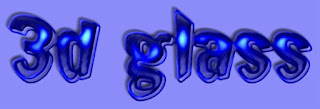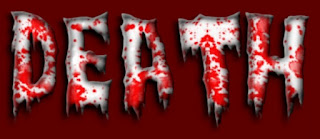I'm used to talk here a lot about texts as graphical entities. Picture to People already has hundreds and hundreds of free online text effects and even a big set of online font effects. I'm always saying something about texts, fonts, typography and everything related, but now it's different.
No matter if, in the end, I will see texts as sets of glyphs to be rendered, they need to come from somewhere and need to be initially represented someway. This representation is what I'm dealing with these days.
This can sound very distant of Computer Graphics, but it's not. Being feature rich and versatile when manipulating string encodes will give an important software foundation to be able to make things that currently are impossible.
Currently my softwares can just deal with a charset vulgarly called "Latin 1". It's pretty enough for many languages (and almost enough for some others), mainly the ones originated in Europe. However, they can't tackle symbols from "stranger" languages, like the ones you usually see in the East.
If I can't understand and decode these symbols, of course I will not be able to properly draw them. That's the point where a new library focused on character encoding/decoding can help me to offer more "internationalized" text effects.
I receive frequent requests to support many different languages. Would you use Picture to People more if it had text effects that can render more unusual characters and symbols?
 Subscribe in a reader
Subscribe in a reader











